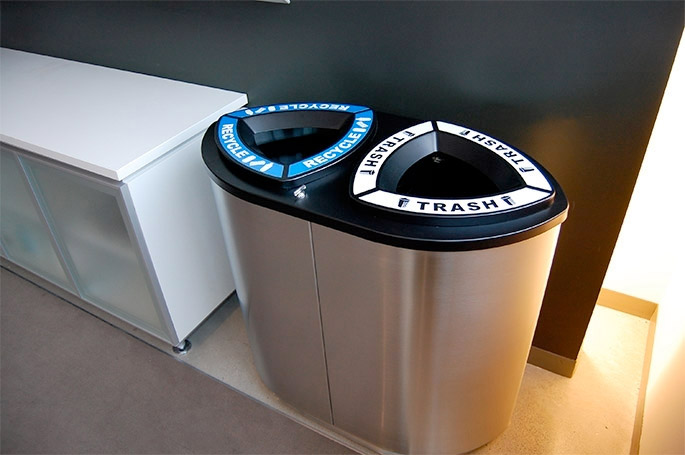
Many communities around the world that have instituted recycling programs have compelled residents and businesses to separate their recycled materials into separate bins. Plastics would go in one bin, cardboard in another, and so on. But some communities have started to switch over to single-stream recycling, in which all recyclable materials go into one bin. The recyclable material is collected, taken to a centralized plant, and then is separated and processed. Communities that have instituted single-stream recycling have seen a noted increase in materials that are being recycled.
For example, in 2011, only 12 percent of residents of Decatur, Illinois, recycled. The town instituted single-stream recycling and, despite some initial resistance by the environmentally conscious who felt that throwing all the recycled trash into a single bin seemed too much like garbage, that rate shot up to 57 percent.
In May 2014 St. Lucie County in Florida, instituted single-stream recycling. In less than a year, recycling rates increased by 50 percent.
The reason for the success of single-stream recycling is two-fold.
First, residents found that the process of disposing of recycled materials had been vastly simplified. When all people have to do is toss their plastics, cardboard, newspapers, and so on into a single bin, they are more likely to not throw them out with the regular garbage.
Second, communities found that collecting recycling was more efficient. Instead of having to toss each type of recycled material into a separate partition of a truck, the collectors would just toss the lot into the truck, speeding up pick-up.
The only downside is the investment in plant and equipment required to sort the material at the central recycling center. But many communities are finding that the extra cost has been worth it.











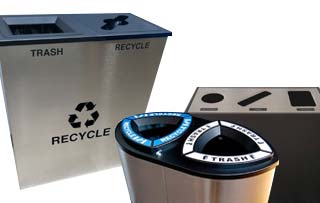









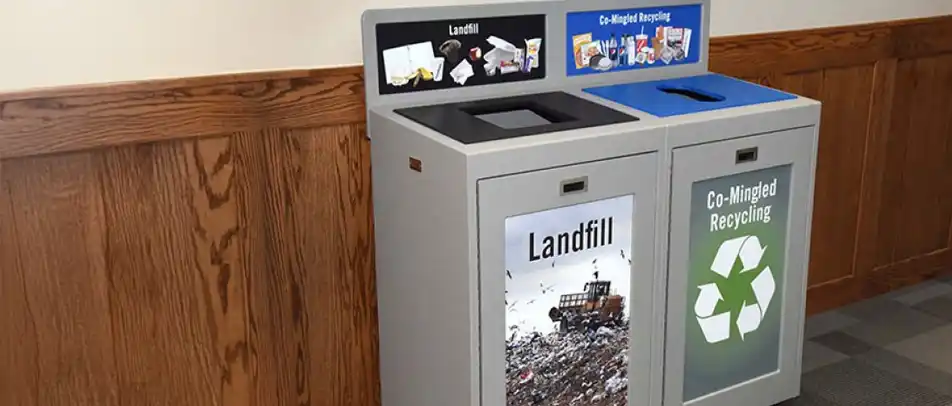










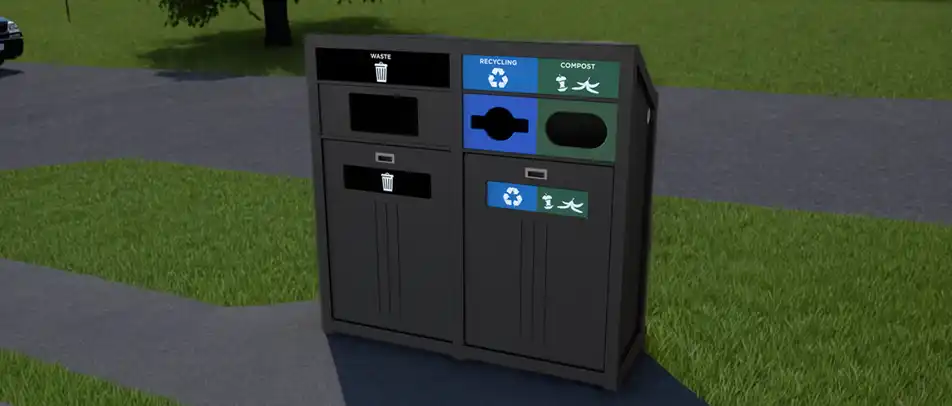












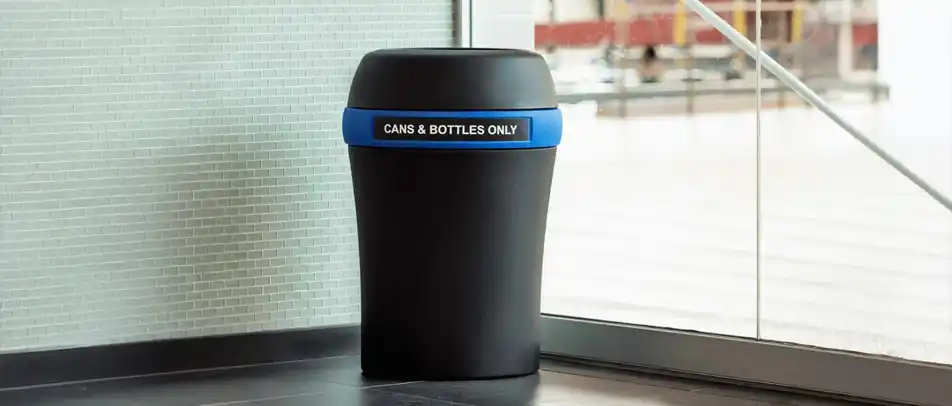









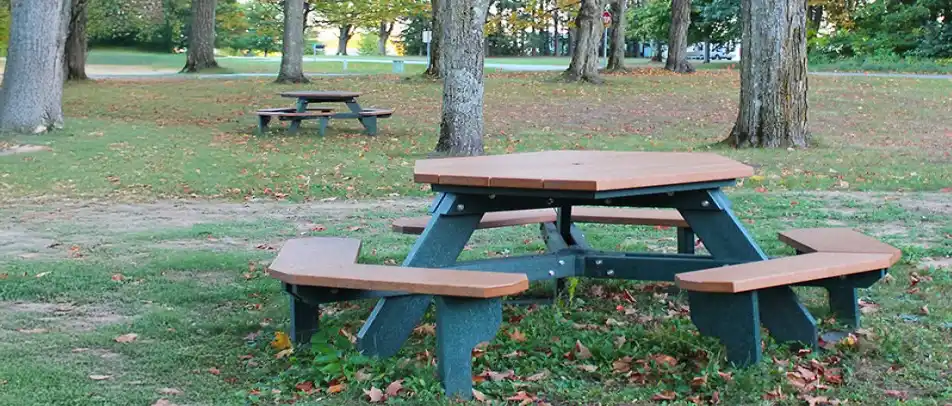
































 Three Ways to Engage Teams and Clients to Maximize Your Recycling Program Engagement
Three Ways to Engage Teams and Clients to Maximize Your Recycling Program Engagement  How to Integrate Accessibility Into Your Sustainability Planning
How to Integrate Accessibility Into Your Sustainability Planning  Why Park Benches Can Promote Workplace Well-Being
Why Park Benches Can Promote Workplace Well-Being 
